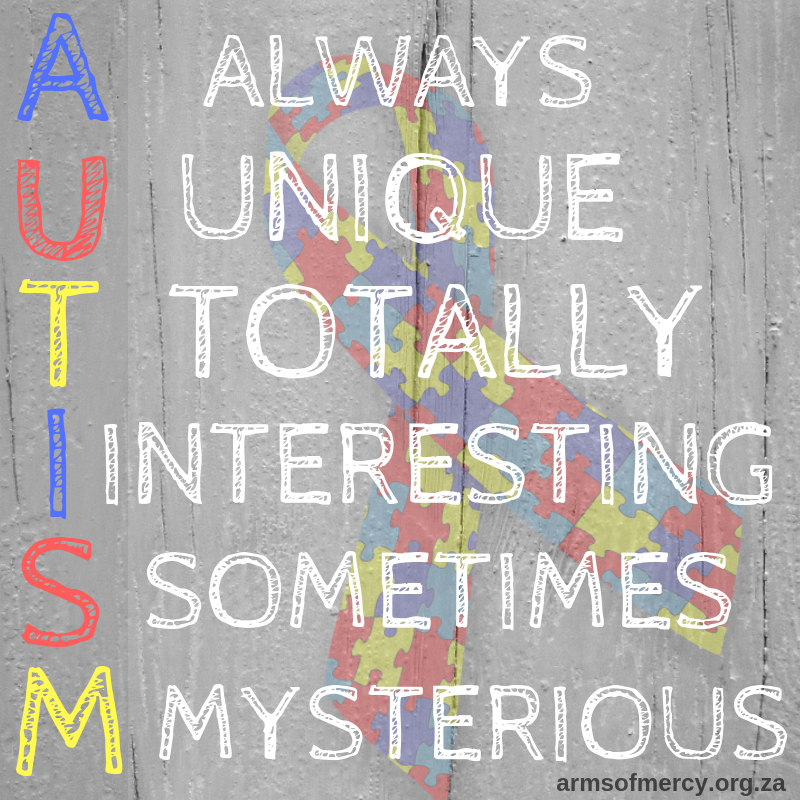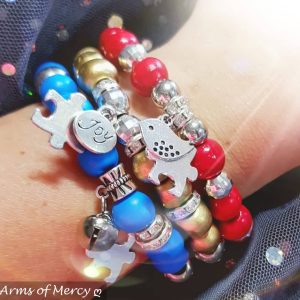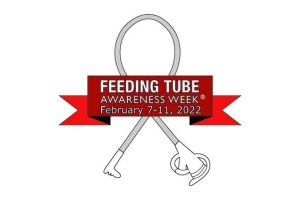What is Autism Spectrum Disorder?
Autism is a lifelong, complex condition that occurs as a result of disordered brain growth, structure and development. It is believed to stem from a genetic predisposition triggered by environmental factors, and affects boys 4-5 times more than girls.
There are a vast number of ways that a person can manifest autism, and as a result, the condition is now more often referred to as Autism Spectrum Disorder, or “ASD”.
ASD is a developmental disability, and include all Autism disorders that used to be diagnosed separately:
➜ Autistic disorder
➜ Pervasive development disorder (PDD-NOS)
➜ Asperger Syndrome
ASD is chararacterised, in varying degrees, by:
➜ Difficulties in social interaction
➜ Verbal and nonverbal communication
➜ Repetitive behaviours
➜ Differences in sensory perception
Also see Understanding the Spectrum – a comic strip explanation.
.

What is the cause of ASD?
A lot of research is being done to try and find the cause of autism, but there is still no definite answer. There is consensus however that it`s NOT a psychological or emotional disorder, and it is not the parent’s fault that their child was born with autism.
It is also not the result of bad parenting – and children with ASD do NOT choose to misbehave. Misbehaviour are often reactions to the environment and are expressions of the difficulties people with ASD experience.
Fast Facts about ASD
- Developmental disabilities such as ASD are brain-based, neurological conditions that have more to do with biology than with psychology
- Not a single person with ASD is affected in the same way
- ASD is usually diagnosed by the time a child is 3 years old
- ASD is found in every country, every ethnic group, and every socio-economic class
- Autism is diagnosed four times as often in boys than in girls
- Children who are diagnosed with ASD need early intervention as soon as possible

Detecting Autism Early
The learning, thinking, and problem-solving abilities of people with ASD can range from gifted to severely impaired. While some may need a lot of help and intensive intervention, others may need less.
Parents should ask their child’s family doctor for a referral to a developmental Paediatrician for assessment if there are concerns with any of the following:
- Little awareness of others.
- Self-injurious behaviour, e.g. head banging, scratching or biting.
- Imaginative play may be poor. E.g. cannot play with a wooden block as if it is a car.
- Unusual habits such as rocking, hand flapping, spinning of objects etc.
- The development of speech and language may be atypical, absent or delayed.
- Indifference to, or dislike of being touched, held or cuddled.
- Minimal reaction to verbal input and sometimes acts as though he/she is deaf.
- Sense of touch, taste, sight, hearing and/or smell may be heightened or lowered.
- Changes in routine or the environment may cause distress.
- Sudden laughing or crying for no apparent reason
- Pursues activities repetitively and cannot be influenced by suggestions of change.
- Uneven gross/fine motor skills.
- Inappropriate attachment to objects.
- Abnormal sleeping patterns.
- Displays extreme distress and/or tantrums for no apparent reason
- Prefers to play alone.
- Difficulty in interacting with others and little or no eye contact.
- No real fear of dangers.
Possible Signs (taken from Autism Ontario – Durham Region)
- No babbling by 11 months of age
- No simple gestures by 12 months (e.g., waving bye-bye)
- No single words by 16 months
- No 2-word phrases by 24 months (noun + verb – e.g., “baby sleeping”)
- No response when name is called, causing concern about hearing
- Loss of any language or social skills at any age
- Rarely makes eye contact when interacting with people
- Does not play peek-a-boo
- Doesn’t point to show things he/she is interested in
- Rarely smiles socially
- More interested in looking at objects than at people’s faces
- Prefers to play alone
- Doesn’t make attempts to get parent’s attention; doesn’t follow/look when someone is pointing at something
- Seems to be “in his/her own world”
- Odd or repetitive ways of moving fingers or hands
- Oversensitive to certain textures, sounds or lights
- Lack of interest in toys, or plays with them in an unusual way (e.g. lining up, spinning, opening/closing parts rather than using the toy as a whole)
- Compulsions or rituals (has to perform activities in a special way or certain sequence; is prone to tantrums if rituals are interrupted)
- Preoccupations with unusual interests, such as light switches, doors, fans, wheels
Sources: Autism South Africa, The Art of Autism.
For more information and resources, visit aut2know.co.za/autism-library.





